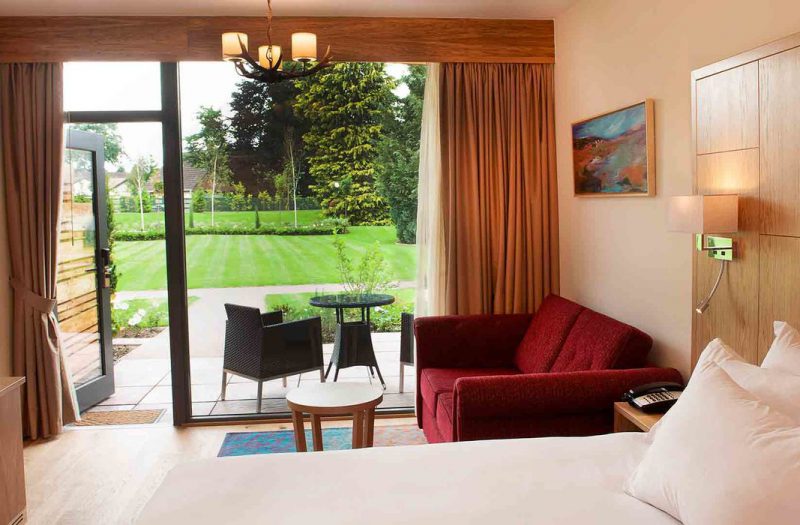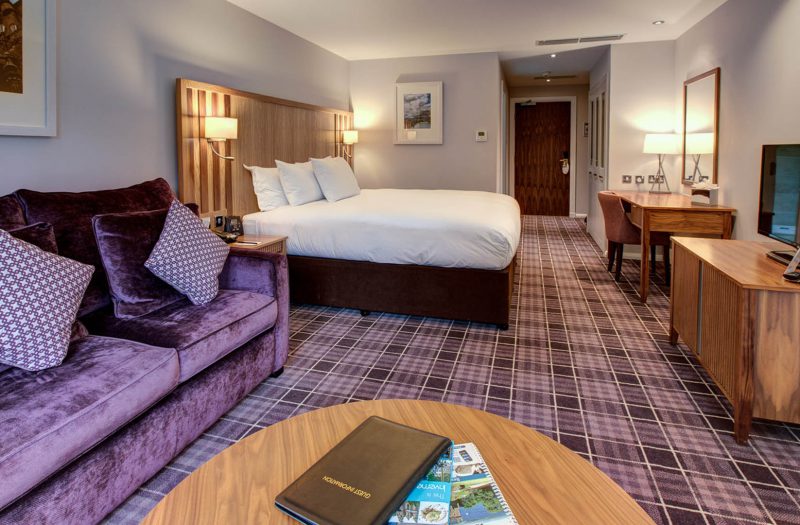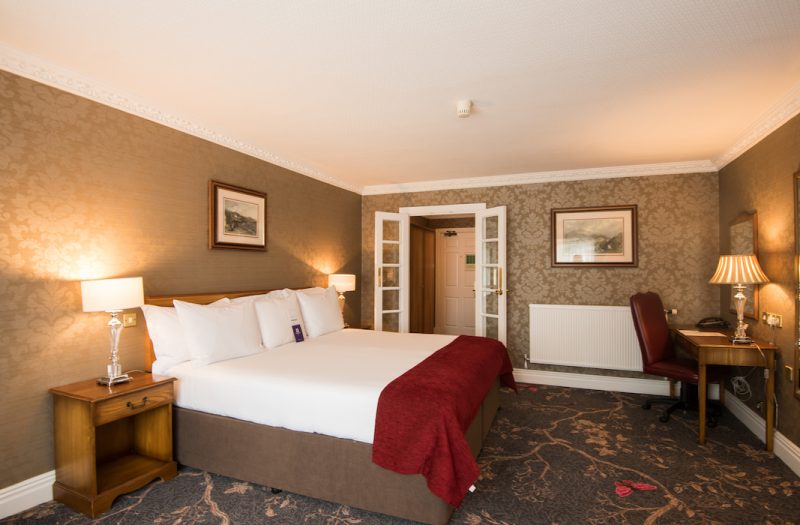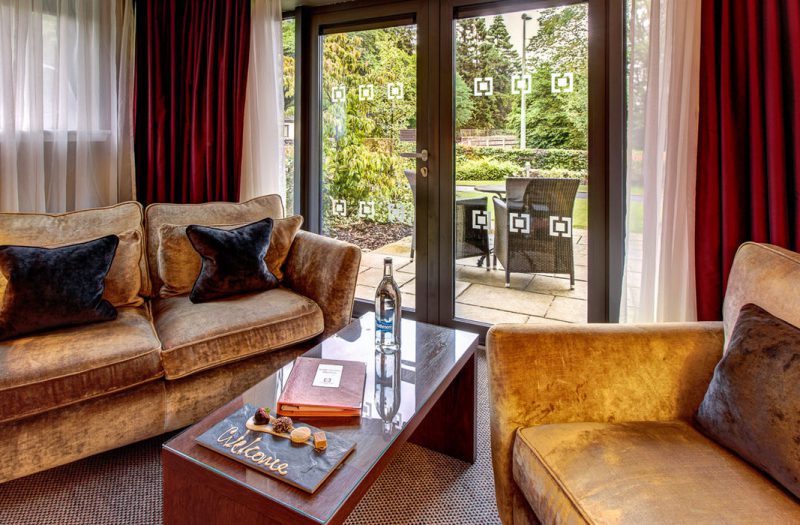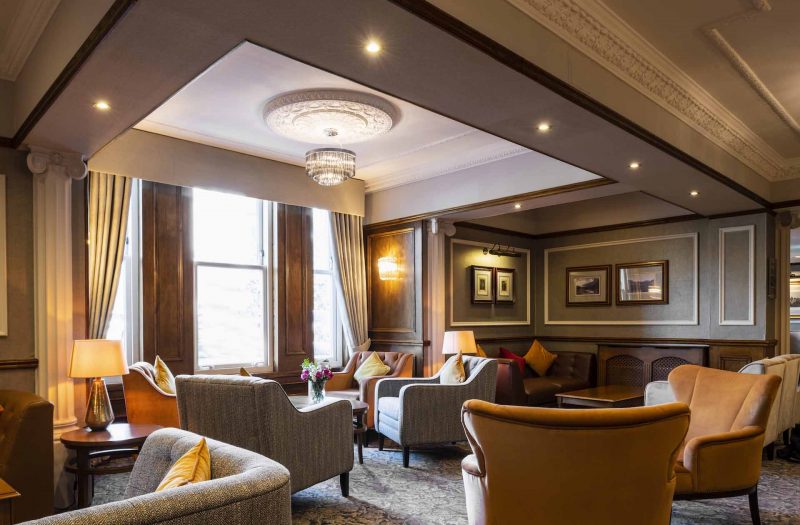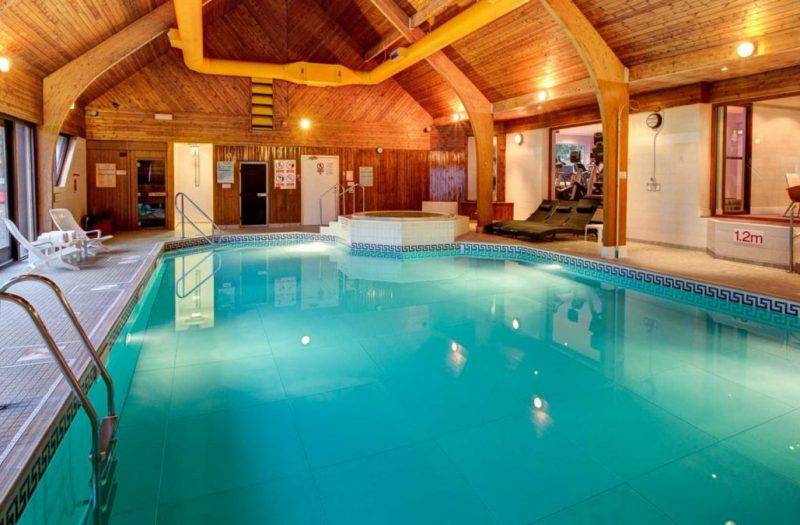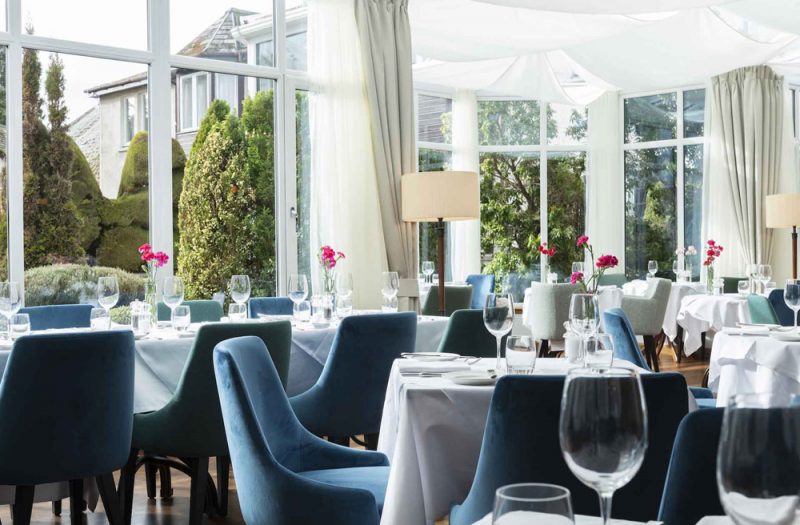Inverness and World War II
World War II history in Inverness
Throughout the UK there are memorials, buildings, people and stories that help us remember World War II. These stories and memories allow us to learn from history and remind us why we should always strive for peace. They show us how much work and passion was put into fighting and ending the war. So what stories are there of Inverness in World War II? What ties does the Scottish city have to a war that ended only 77 years ago?
RAF Inverness
In the Moray Firth in the Highlands, RAF Inverness was an air base used throughout the Second World War. Originally called the Longman Airfield, it was built in 1933. It was a civilian airport to link Orkney and Wick to Inverness and its rail connections. Then, when the Second World War broke out, the airfield was converted into an RAF base.
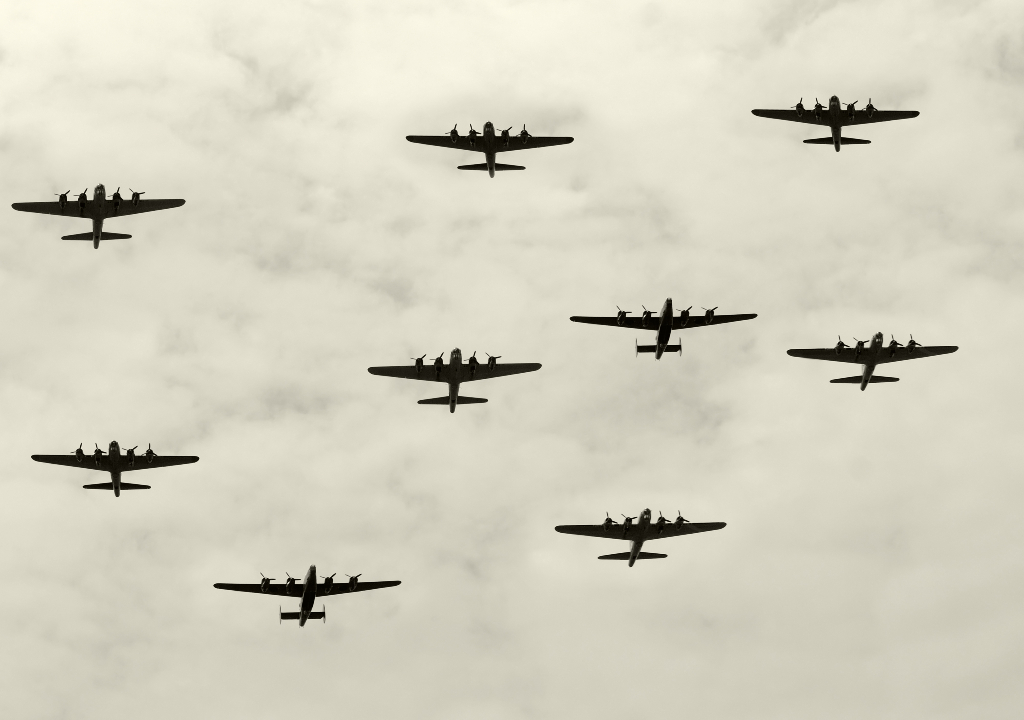
During the war, the airfield was actually identified by German reconnaissance teams, but they incorrectly assumed that it was a seaplane base. This meant that the base was not a high priority, and as a consequence, saved Inverness from any major bombing by the German Luftwaffe (the aerial warfare unit of the German army).
Since the war, the airbase has been demolished and an industrial estate is in its place. It is now classed as a ‘lost airbase’, but fortunately, there is still plenty of information out there for those interested in the Air Force and their brave work during the Second World War.
The Inverness War Memorial
Perhaps the most noticeable link between Inverness and World War II is the war memorial in the Edith Cavell gardens. The war memorial consists of a brilliant, high Celtic cross that is placed upon a large square plinth. There are inscriptions in the brick and two walls that come out from either side of the tower, almost like wings. The walls have plaques and engravings on them that are dedicated to the fallen from the First and Second World Wars, as well as some post-1945 conflicts.
The first inscription reads ‘to the glorious memory of the men of the burgh and parish of Inverness who laid down their lives in the Great War 1914-1918’ and highlights the debt that the survivors owed to those who laid down their lives in the war. The second inscription, on the plinth, focuses on Inverness in the Second World War and features names, dates, and numbers. On the plaques and inscriptions, there are a total of 980 names to memorialise the 666 soldiers lost in the First World War, the 306 lost in the Second World War, and those lost in wars since.
Drumintoul training school
Outside of the city, but in Inverness-shire, Drumintoul Lodge is located at the foot of the Lairig Ghru in the Cairngorms. Based at the foot of the mountains within the large national park, the lodge and its surroundings are truly spectacular. They are also both steeped in World War II history. What remains are the two armoured metal cylinders that lie on the side of the dirt road, sided with corrugated metal.
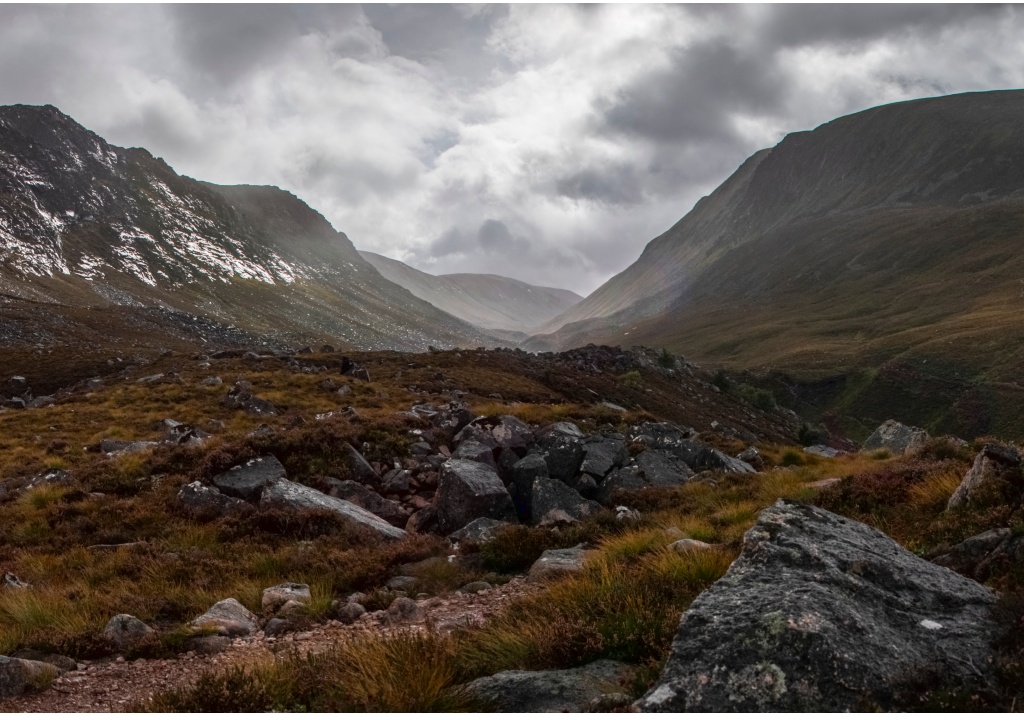
These are the remnants of the training schools that were run there. The cylinders acted as guardrooms for the schools, ready to protect them from Nazis at any given point. These guardrooms were essential. There was always a fear of invasion (as with anywhere during the war) due to the nature of the school. See, Drumintoul training school was not just any academic venue but a training school for the Allied resistance. With the help of Glenmore Lodge and Forest Lodge, these training schools played a large role in the war. Particularly in resisting the Nazis!
It was in these schools that espionage and guerilla warfare was taught to Allied secret agents. And it was where they planned and plotted. In fact, in the Cairngorms camp, the historic destruction of the Germans’ hydroelectric plant (which was thought to be essential for developing the atomic bomb) was planned!
The schools were by far one of the most interesting inputs that Inverness had in the Second World War, and for more information on what went on there, and who was taught, take a read of this account by Lorentzen, a surviving member of the training schools.
Inverness’ World War II history
In addition to these schools, memorials, and closed RAF bases, Inverness has plenty of other Second World War history. For example, Raigmore Hospital. The hospital was built on Perth Road and was constructed in anticipation of the influx of casualties during the war. It is now, after many changes, a Maggie’s Centre, a building dedicated to providing free cancer support.
Then, of course, there are people’s stories. Whilst we are slowly getting further and further away from the war, the stories of the Second World War will be passed down through generations, and will stay a part of Inverness just as they are a part of every other major city.
If you love history then Inverness is definitely a place you should visit. Find out more in our guide to historical attractions in Inverness.

 Car Charging
Car Charging